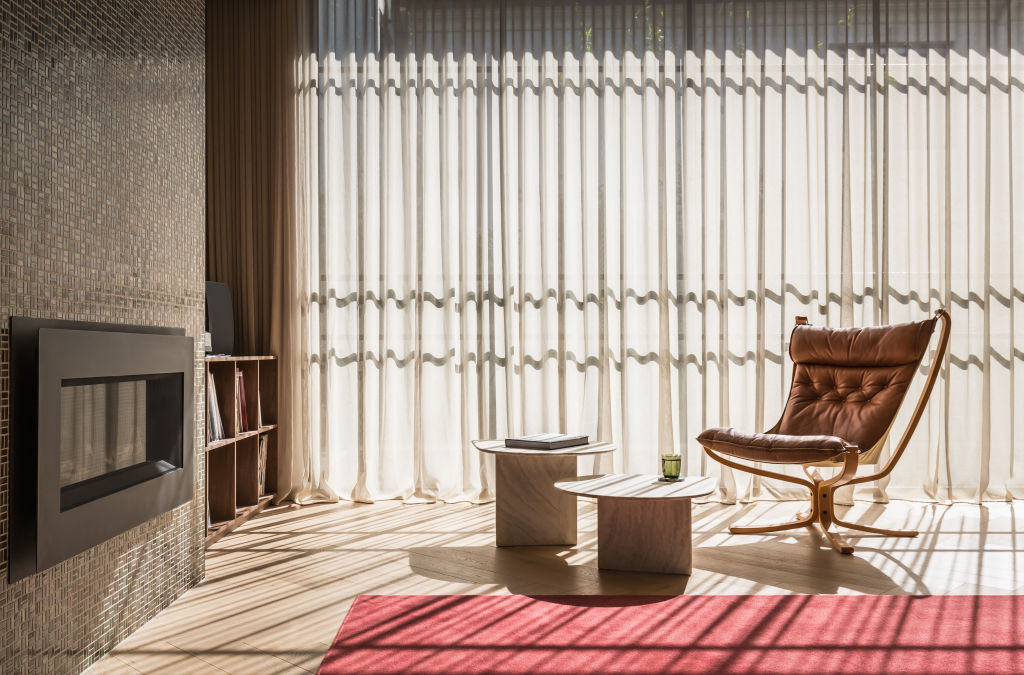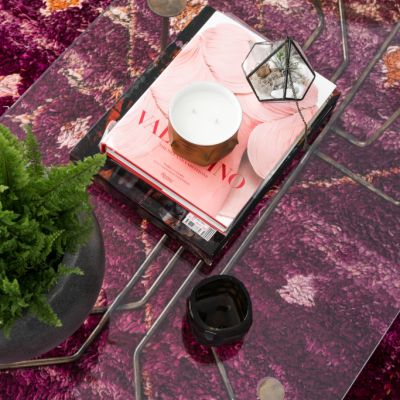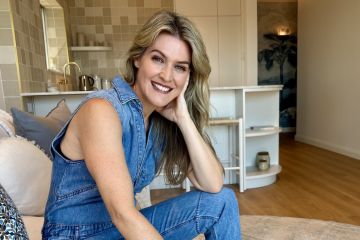Megan Morton: What your home really says about you

With the way our brains have been overdeveloped by 11 years of force-fed Pinterest imagery and concurrently undernourished by the current barrage of interior content on socials, it’s no wonder you looked at this headline and assumed we were going to talk about psychotherapy.
We are here today to talk about psycho-decorating because a much beloved book in my design library written by esteemed psychologist Margaret H. Harmon PhD is celebrating its 45th birthday.
Psycho-Decorating: What Homes Reveal about People was first published in 1977 and, while modern book launches often start with extracts in newspapers and magazines, let’s just imagine this is a delayed extract because sometimes the information is so riveting and good and maybe we weren’t ready for it all back then.
In short, Harmon showcases the techniques of ascertaining a person’s motivation and attitudes by the way they decorate their home.
As someone who has spent years in other people’s houses under the invitation of work, there are some things that have stayed with me:
Coffee tables as shrines
It is hard to show your point of view and flair – I totally understand this – but a coffee table is the wrong place to practise or attempt to express yourself through smaller morsels not on the bookshelf.
Not because there is no room then for the coffee, but because the perspective is all wrong.
It’s a bit like when you take a pic of your shoes and your legs look really long and it pleases you and you post it pretending it’s about sharing your shoe details. The same for your coffee table; you only really view it when you are standing up and over it.
Its real perspective is when you are sitting down on the lounge and, trust me, orchids and a perfect stack of books and interesting objets du jour don’t read the same at this angle.
Uncomfortable art
I have found that this is really code for ‘love me, I am actually a pussy cat’. And breaking it down further, I usually find that it is the domain of corporate divorced dads who buy something “crazy” when they are feeling fierce and have no idea of the decorative consequences.
For every ultra-contemporary artwork placed front and centre in the dining room there is a near-lonely man asking for a cup of tea from a pot with a tea cosy and wanting to be heard. There is usually only one piece, as buying art (good, bad and otherwise) takes a lot of time and proper research, and should not be done after Thursday night drinks.
Curtains
People spend a lot on curtains, which is great because otherwise, to me, it’s like having a full face of make-up on and omitting the mascara. Plus everyone knows you have to spend money on good mascara.
Puddling (when a curtain touches the floor in a “puddle”) is a trick for making rooms look zhooshy and polished, and is where I see the thin line between success and failure.
A 10-metre puddle in your mind might be very extravagant, but trust me, according to Morgan Ferry of Simple Studio, it’s the bare basics. I have fought with clients over puddling because, like a man with his pants just one centimetre too short, things can really go wrong if erring on the side of extra puddle.
Third drawer down
If you really want to check in with the mind of the home owner, just ask for the tea-towel drawer and then go one drawer down. There is always a drawer that will hold the contents of the owner’s mental state.
My children call it “magical”. I keep a spic and span house but this third drawer down and my own weekday handbag and glove compartment say more about myself, my hopes, my dreams and my realities than anything else could.
Colour as therapy
As a horse-crazy child, I spent a lot of time at the Gold Coast Allamanda Hospital, which was famous for its inpatients express turn-around.
It was painted yellow. I had never seen such a glorious wall colour. All I knew is that a fall or broken bones were rewarded by going to the yellow place. Now that might be psycho, for real, but it’s a great case in point of what mood-making colours can do.
Think of this when you’re delving into colour without the support of an interior designer. And if I had to tell you the colour of the get-better yellow, I’d say Taubmans Sunbound.
Semi/demi nude portraits of home owners above dining tables
I have my own opinions, but I do want to know what you all think …
Manners
The only thing I do know to be true from years of being a guest in others’ homes is that hospitable, generous people make you feel at home whether you are the stylist, the pool cleaner or the solar panel man.
Owner-occupier, renter or renovator, the one thing you can do is make people feel truly at home. It is one of the nicest feelings ever.
Megan Morton is a stylist, author and interior instructor.
States
Capital Cities
Capital Cities - Rentals
Popular Areas
Allhomes
More
- © 2025, CoStar Group Inc.










